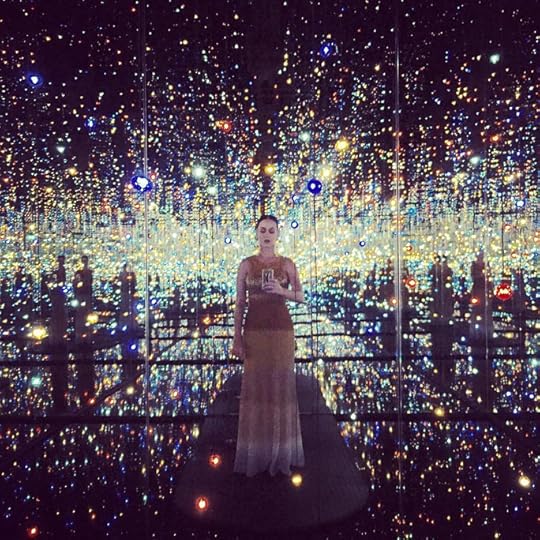What do you think?
Rate this book


Unknown Binding
First published January 1, 1961
What he [Boorstin] may not have realized, however, is the extent to which the emergence of peer-to-peer networking technologies may eventually challenge the preeminence of the image factory from which he recoiled.
